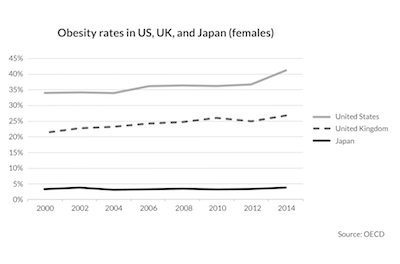The following heartburn & acid reflux FAQ is excerpted from a Q&A with J. Thomas Lamont, M.D., author of Acid Reflux & Heartburn In 30 Minutes: A guide to acid reflux, heartburn, and GERD for patients and families (learn more about the book here).
General questions about heartburn and acid reflux
How are heartburn and GERD different?
Heartburn is a symptom that patients complain about when acid reflex occurs — a burning sensation is felt behind the breast bone in the lower part of the chest. Since the heart sets in the same area, the term to describe the symptom was heartburn.
Sometimes patients who develop heartburn may think they are having a heart attack or myocardial infarction. The latter is a serious condition that can usually be ruled out with an EKG and other tests to evaluate the heart muscle.
GERD (Gastro-esophageal reflux disease) is the medical term for reflux of acid from the stomach into the esophagus. It is not a symptom but rather a diagnostic term used by doctors and medical personnel.
You cite some data showing that twice as many women have acid reflux compared to men. Why is this?

Rise in obesity rates.
Acid reflux is probably more common in women than men because of several factors including the effects of pregnancy, the effects of obesity, and wearing tight clothing.
Pregnancy increases reflux because it increases pressure in the abdomen and pushes acid from the stomach up into the esophagus.
Obesity and wearing tight clothing are probably more likely in women than in men (in the U.S., the CDC found that from 2011-2014 the prevalence of obesity in women was 38.3% vs. 34.3% in men). More recent obesity data from the National Health and Nutrition Examination Survey (NHANES) shows the obesity rate for women reached 41.1% in 2016, compared to 37.9% for men.
Heartburn trigger foods
In your book about acid reflux and heartburn you talk about trigger foods such as spaghetti sauce, citrus, and red wine. What are some less common heartburn trigger foods that may be a problem for some people?
Additional trigger foods include chocolate, coffee, rich gravies and sauces, and large meals in general.
In addition to these common foods, many people have their own specific trigger food that causes them to have heartburn. For example, one of my patients has severe heartburn whenever she eats a banana, especially one that is ripe or overripe.
Other people may have heartburn after dairy foods, chili sauce or red peppers, or gassy drinks like soda or sparkling water that cause burping. Excess air in the stomach can be relieved by burping, and when the air leaves the stomach to go up into the esophagus and out through the mouth you can carry a little bit of acid with it that leads to reflux symptoms.
Acid reflux medications
Why do so many people have trouble treating heartburn and other symptoms using medications?
Taking medications for heartburn is often a lifelong proposition, and some people don’t like the idea of taking medicine every day for a long long time. For some reason patients with heartburn are more likely to feel this way then patients who are suffering from hypertension or diabetes, or patients who are much more likely to agree with a long-term treatment plan.
A second factor that determines difficulty with taking medicine is adverse side effects. Recently, some information from the medical literature suggests that acid blocking medications may cause cognitive decline, renal failure and weak bones or osteoporosis. Naturally, this information can influence how people regard their heartburn medicine.
Finally, some patients do not gain satisfactory relief from typical doses of heartburn medication and therefore are less inclined to want to take these medications on a regular basis.
This can be overcome by adjusting the medications, which may lead some patients to a referral for surgical consultation to consider surgical operations to relieve heartburn.
To learn more about heartburn, acid reflux, and GERD, read Dr. Lamont’s book, Acid Reflux & Heartburn In 30 Minutes, available in ebook, paperback, and hardcover editions.